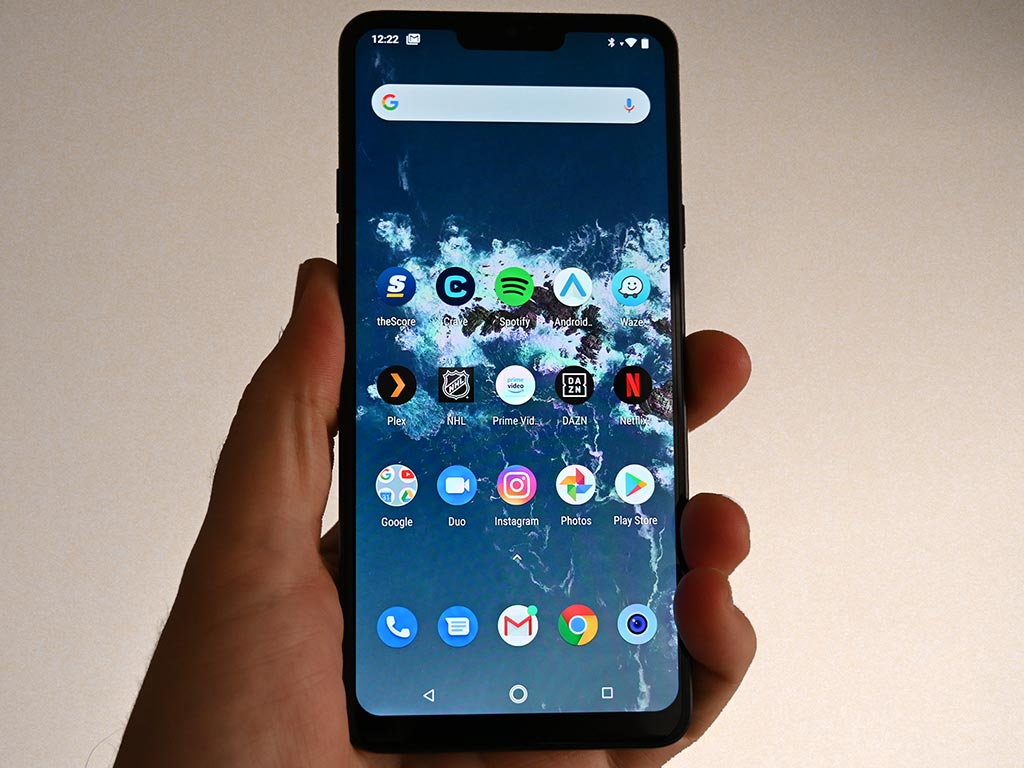 The LG G7 One is a mid-range smartphone running stock Android, but there are some sacrifices you have to make for this combo to work.
The LG G7 One is a mid-range smartphone running stock Android, but there are some sacrifices you have to make for this combo to work.
If you’re confused about this phone, it’s a fairly simple situation. The G7 ThinQ was LG’s flagship handset that came out in the spring. The G7 One is LG’s latest model falling under Google’s Android One program, which is basically just different phones made by different manufacturers with the same purpose: they run on stock Android.
Stock Android is an otherwise unmodified version of the operating system. Some Android devices will have different user interfaces the way Samsung, LG, Huawei, BlackBerry and others tend to do.
A different G7
Google Pixel 3 SpecsDisplay: 6.1-inch 3120 x 1440 IPS LCD display 19:5:9 aspect ratio with 563 pixels per inch |
The G7 One is a pared-down version of the flagship model, and LG replaced a number of pieces to put it firmly in the mid-range. For example, the back is a matte black finish totally different from the snazzy glass of the G7 ThinQ. The Snapdragon 835 chipset was popular last year, but the ThinQ uses the faster 845. It may not matter as much if you’re not looking for the latest and greatest specs.
The display is the same size and the same panel, meaning it matches the G7 ThinQ’s sharpness and brightness. On each edge, you get the same buttons, including the dedicated Google Assistant on the left below the volume keys. Pressing that triggers Google’s popular virtual assistant. Double-pressing the power button on the other edge shortcuts to the camera, even if the phone is asleep.
There is only one camera lens on the rear, unlike the G7 ThinQ’s dual-lens layout, and the front-facing camera is basically no different. What is different is the software, which holds out certain key features the ThinQ model offers.
Battery capacity is the same, and so are some of the other elements, like a headphone jack, USB-C port, fingerprint sensor and single speaker at the bottom. The ThinQ was equipped with superior audio recording ability through multiple microphones—a feature that isn’t available here.
Performance
By using stock Android, LG has made the G7 One feel closer to Google’s Pixel phones than anything else. LG’s UX overlay is non-existent here, so from a software perspective, there’s a lot less ‘LG’ when navigating this phone.
The unit I tested was running Android 8.1 Oreo, but LG has since rolled out an update to 9.0 Pie. LG guarantees two years of software updates and three years of security updates. Unfortunately, the update to Pie, despite being so close to the phone’s launch, counts as one of the updates. That means one more to Android Q next year, and then only monthly security updates thereafter.
The good news is that the G7 One actually got the update before the ThinQ did since the latter still doesn’t have it as of this review. Moreover, it’s one of the only devices to get the update in 2018, with the others being the Pixel phones, Essential Phone and OnePlus 6 and 6T.
The move from Oreo to Pie isn’t massive, but it certainly helps. Stock Android just feels more lightweight than any other form of Android. It’s simple, straight to the point and actually saves storage space because there are no preloaded apps from the manufacturer or carrier.
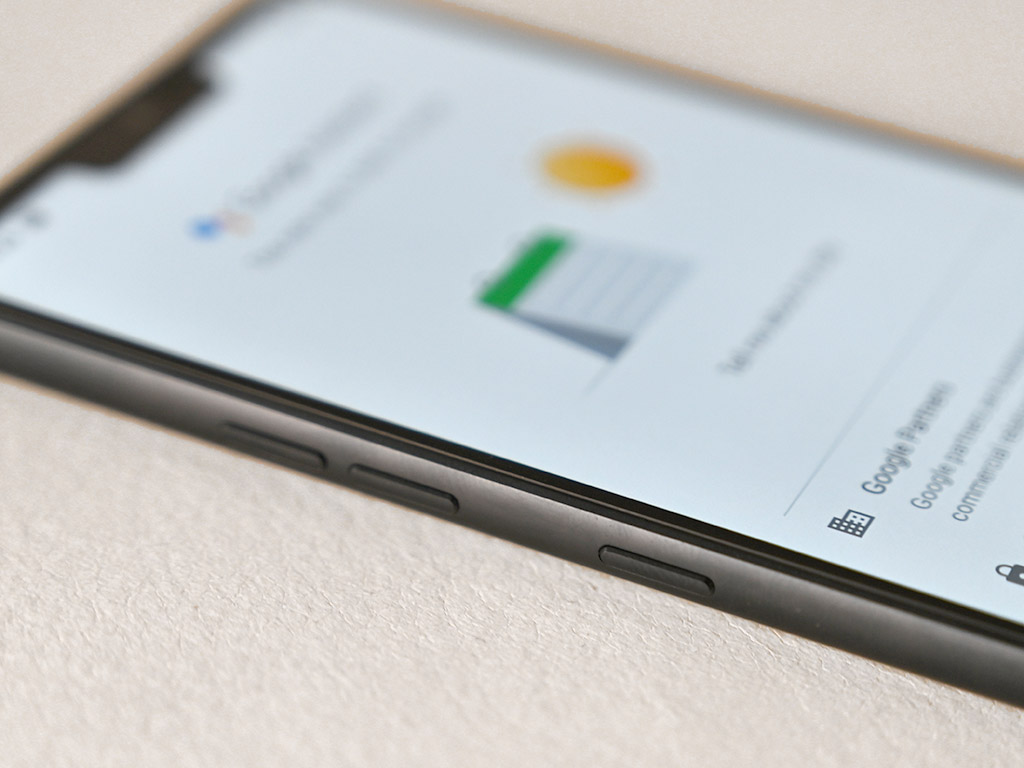
Screen brightness and video
Like the ThinQ, screen brightness is exceptional on this phone. It can hit up to 1,000 nits when most other phones might get to 800. At 60 per cent brightness, it looked brighter than other phones at 80 or 90 per cent. That bodes well for viewing in bright conditions, like under the sun, but also for video.
The G7 One supports HDR video playback, and even if the screen isn’t the best on the market, I liked watching content on it. The deeper shadows and brighter highlights brought out more detail in movies or shows supporting the feature. Even those videos or images that didn’t look good, the brightness spectrum helped in any setting. Daylight, nighttime, indoors, outdoors—it was very consistent.
The same goes for gaming. The processor may be a year old, but it’s still good, so playing games on the G7 One shouldn’t be a problem. I never ran into any notable issues when doing so myself.
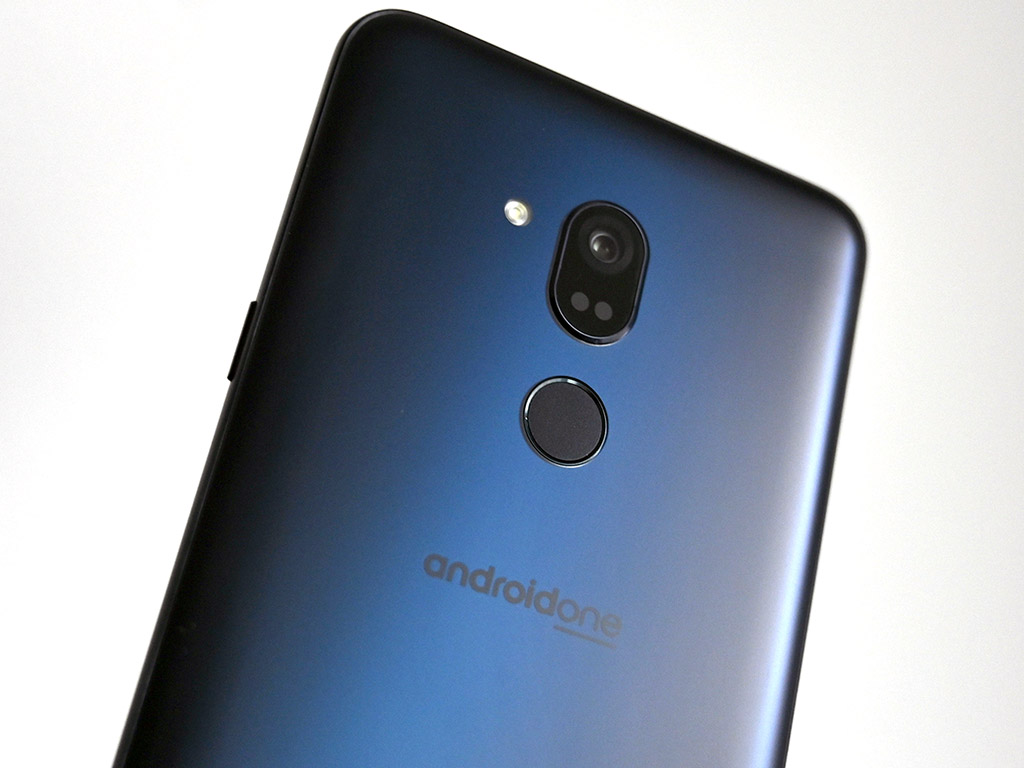
Camera
I came away with a lukewarm conclusion after using the G7 One’s camera, albeit with a caveat. While the rear camera has the same sensor and lens as the ThinQ’s main shooter, LG stripped the software of the best features. For example, the company’s excellent manual mode isn’t available, nor is manual video shooting. Manual control, generally speaking, has been all but removed.
If you don’t care to shoot anything with manual control, the omission probably won’t bear on you. That’s why LG says it will put in AI (artificial intelligence) features previously introduced in the ThinQ. I’m familiar with how it works, but it wasn’t available for me to test while doing this review, so can’t speak to how it might improve image output.
If the camera was capable of shooting like the Pixel 3 and 3 XL, which also lacks a manual mode, I would enthusiastically recommend firing away with it. But, in fairness, those two phones are premium flagships. The G7 One is not. Still, as a mid-range shooter, it’s not quite as eye-popping as I would’ve liked.
Super Bright Mode, another ThinQ addition, has to be turned on in the settings. In darker scenes, it puts up a moon icon to toggle the feature on. Shooting with it uses AI to help merge pixels together to capture more light from a scene. It works pretty well, and is worth trying when out at night or in dimly lit places.
HDR is on auto by default, though you can turn it on so it goes to work on every shot, or off to avoid it entirely. It’s a tough call on whether it’s worth using all the time. HDR is something you can apply when editing on certain apps after, but again, experimenting with it is worthwhile.
Battery life
The G7 One’s battery performance is largely beholden to the screen’s brightness. That’s true of any phone, really, but because of the brighter limits on this one, keeping it high does sap power faster. Watching video does, too, and combining those things together will chug the battery to a large degree.
Even so, with moderate usage and good power management, the G7 One can easily last a full day. Under battery settings, turning on adaptive brightness and battery saver can stretch out the charge longer than usual.
Final thoughts
Is this a poor man’s G7 ThinQ? Somewhat, yes, but it’s really more of a phone that emulates it while providing different software experience. It’s a mid-range handset that doesn’t push the envelope, nor bring anything all that new to the table. By using it, you would be getting a serviceable device that feels smooth to use, yet lacks the feature depth flagship models have.
You have to be okay with the trade-offs I outlined here to be satisfied. There aren’t any major bells and whistles here, and that’s partly the point. A solid device that just works is what you’re supposed to have in hand. For something similar, I would also consider the OnePlus 6T.
The LG G7 One is available now at Best Buy.











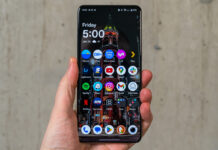
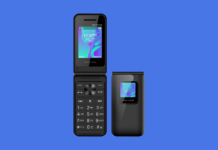
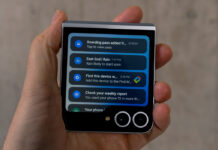
it’s good
Nice try but only half of the review is accurate.
Camera is fantastic and does offer AI features.
Android P 9.0
Security updates are pending but should become frequent as required between Google and manufacturer based on Android one requirements.
Battery modest usage will last all day without any issues.
Phone is butter smooth takes me back to nexsus 6P feeling.
If your Android fan then you will be happy with this purchase.
Comments are closed.